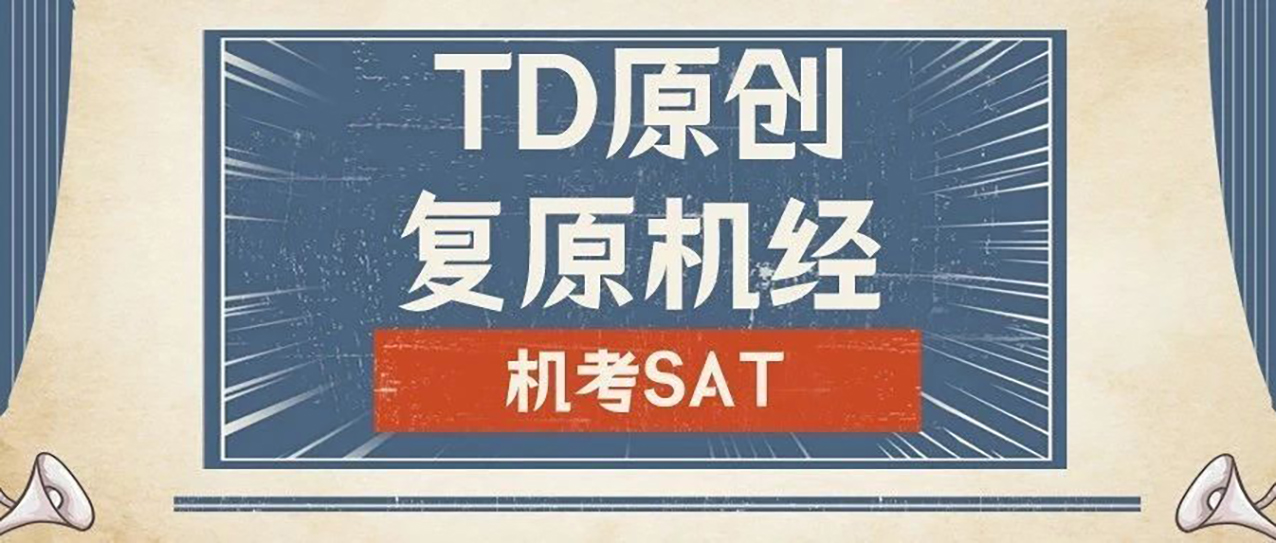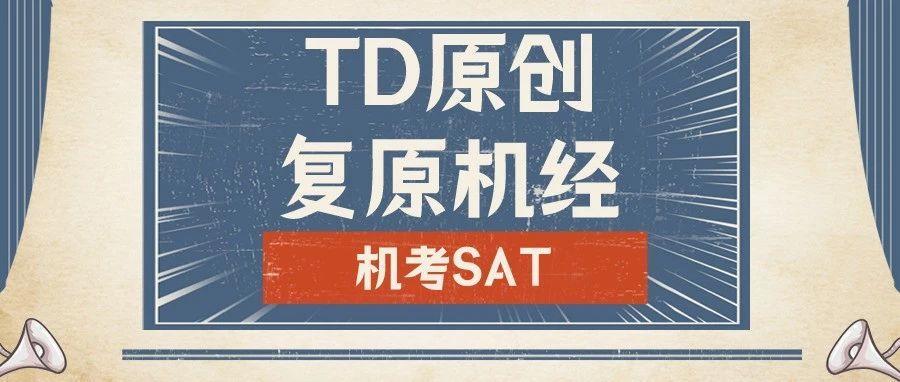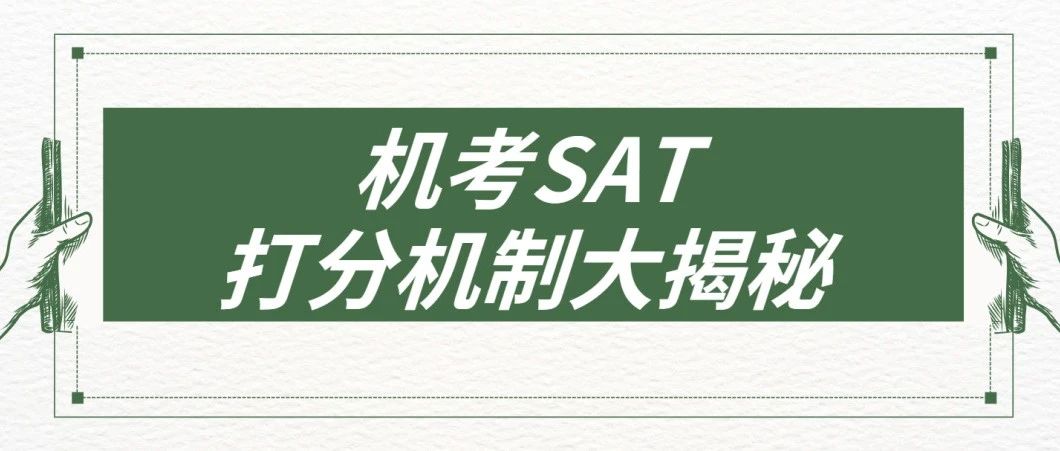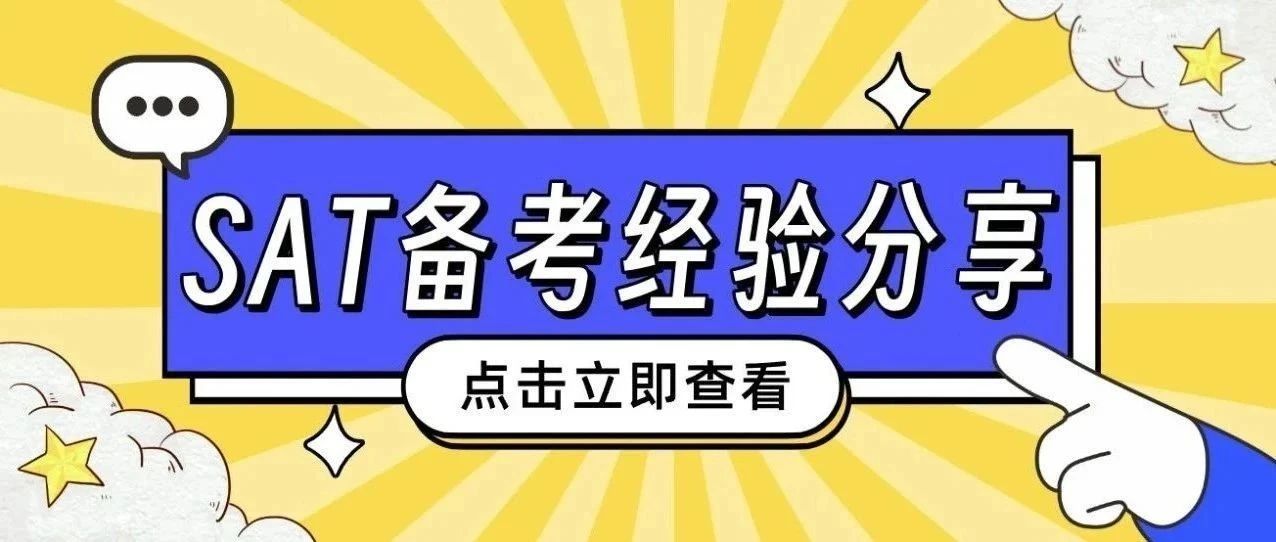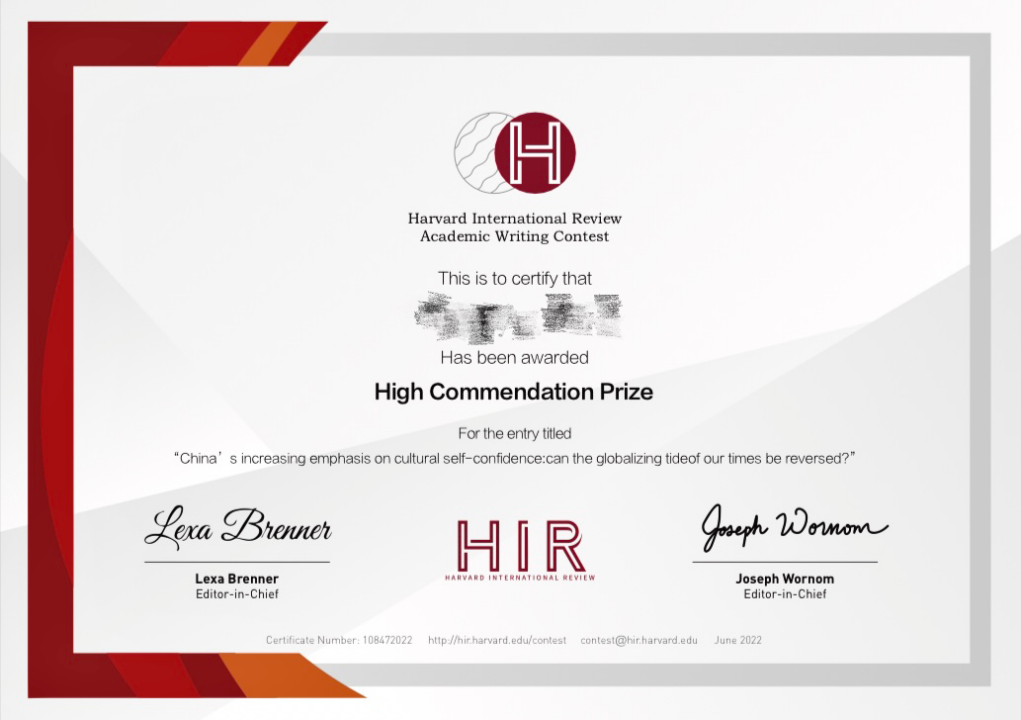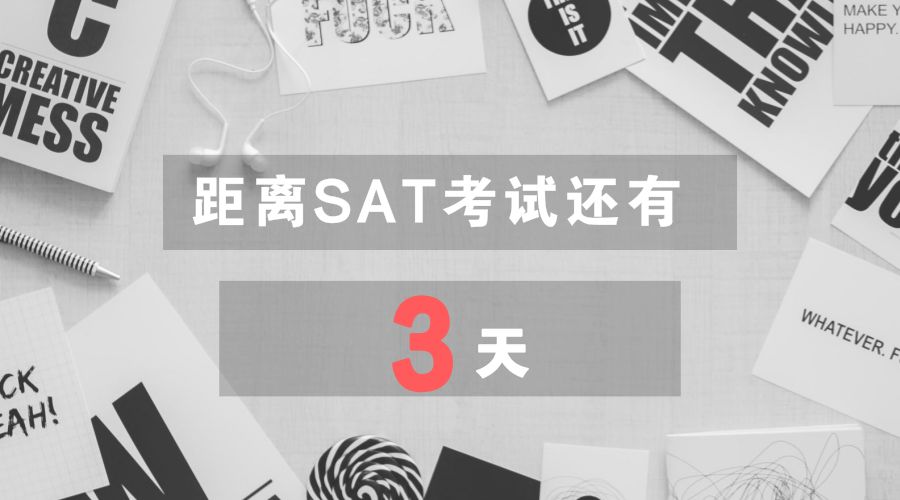
3月10号的SAT考试已悄然临近,这次考试对于很多同学来说是首考而且非常重要。
TD为了帮助各位同学在考试中取得好成绩,专门请出了懒癌晚期的SAT首席教研员阿满老师,携手托福首席教研员王力老师和数学马莹莹老师,为大家在考前四天每天总结一些实用小技巧。干货之干,不容错过!
昨天阿满老师已经讲解了前两种目的题型的解题小方法,今天他将带来另外两种目的题型的解法。抓紧一起边读边练边学习吧~
信息目的题---考前小测
1.The description of Cunnane and Crawford’s work serves mainly to
A. suggest that earlier hypotheses about fat reserves are incomplete.
B. further support Kuzawa’s hypothesis about the effect of fat reserves on brain growth.
C. raise additional questions about the function of fatty acids found in babies.
D. reconcile conflicting theories about the role of fat reserves in premature newborns.
Going a step further, a 2003 paper by two nutritionists, Stephen Cunnane and Michael Crawford, argued that plump babies are the key to the evolution of the large human brain, and not only because of energy supply. (2016-03-U.S.)
2. The primary purpose of lines 26-28 (“the amount... labor”) is to
A. describe a process.
B. highlight a dilemma.
C. clarify a claim.
D. explain a term.
As evidence, Brynjolfsson and McAfee point to a chart that only an economist could love. In economics, productivity---the amount of economic value created for a given unit of input, such as an hour of labor---is a crucial indicator of growth and wealth creation. (2016-10-U.S.)
3. The last sentence of the passage mainly serves to
A. restate the passage’s central idea about constructing metaphors.
B. acknowledge a potential weakness of the study’s treatment of metaphors.
C. express concern about an apparent limitation of metaphors.
D. reinforce a claim about how metaphors achieve their effect.
When Thibodeau and Borodisky asked participants to come up with synonyms for either “beast” or “virus” before reading crime reports that omitted the metaphors entirely, the participants provided similar solutions for solving the city’s problems. In other words, the metaphors only worked if they framed the story. (2017-03-U.S.)
4. In Passage 2, the main purpose of the information in lines 89-91 (“she … season”) is to
A. provide background information about leaf structure in desert plants.
B. refute the claim made by the author of Passage 1 about the resource hypothesis.
C. refute the claim presented in Passage 2 that pinweed plants are overtaking heronbill plants in the Sonoran Desert.
D. support the conclusion that water availability is essential to pinweed’s mechanism of invasion.
Additional studies by Kimball in the same region measured the growth rates of the two plant species during two growing seasons. She found that the growth rates of the two species were nearly the same in the season (2007-2008) with close to average annual rainfall but that the invasive pinweed plants exhibited a greater growth rate than did the native heronbill plants in the season (2004-2005) when there was much more rainfall than in a typical year. She also found that the invasive plants lost less water each day through the pores in their leaves than the native plants did regardless of the growing season. This water conservation along with the higher growth rate when water is abundant seems to account for the invasive plants' ability to outcompete the native plants. (2017-05-U.S.)
5. The parenthetical comment in lines 72-73 mainly serves to
A. reiterate that the participants wanted to be fair.
B. highlight the nature of the participant’s motivation.
C. suggest that the results of the studies were questionable.
D. indicate a factor that can make participants behave aggressively.
Plaintiffs guessed high about the judge’s award, and defendants guessed low, but they weren’t consciously inflating or deflating their guesses. (Once again, they had financial incentives to guess accurately.) Rather, it seems that knowing which side of a dispute you’re on unconsciously changes your thinking about what’s fair. (2016-11-Asia)
这类题目就是在问作者为什么要在文章中加入某句或者某几句的内容。解题可以遵循几个步骤:
1. 看是否有某些标点
破折号:解释说明
括号:补充说明
引号:引用的话来证明/反语
2. 看是否有逻辑标志词
put simply… (简言之):就是用简单方式把前面内容再说一遍。
Hence….(因此):后面的话就是结论。
In other words (换句话说):就是用另一种方式把前面内容再说一遍,一般都是简说。
如果上面两点都没有,那么我们还有第三点:
3.看整句话内容是什么,谓语动词是核心
了解完步骤,再回顾一下五道题吧,答案是:BDDDA。
修辞目的题 --- 考前小测
1. The author uses the image of an engineer at sea (lines 23-28) most likely to
A. suggest that Nawab often dreams of having a more exciting profession.
B. highlight the fact that Nawab’s primary job is to tend to Harouni’s tube wells.
C. reinforce the idea that Nawab has had many different occupations in his life.
D. emphasize how demanding Nawab’s work for Harouni is.
Grizzled, his peculiar aviator glasses bent and smudged, Nawab tended the household machinery, the air conditioners, water heaters, refrigerators, and water pumps, like an engineer tending the boilers on a foundering steamer in an Atlantic gale. By his superhuman efforts he almost managed to maintain K. K. Harouni in the same mechanical cocoon, cooled and bathed and lighted and fed, that the landowner enjoyed in Lahore. (2016-05-Asia)
2. The main purpose of the analogy of the ping-pong ball (line 40) is to
A. popularize a little-known fact.
B. contrast competing scientific theories.
C. criticize a widely accepted explanation.
D. clarify an abstract concept.
3. The pattern of starting three consecutive sentences with “It meant ...” in lines 51-57 mainly has the effect of
A. imitating the frequency of Ruth’s complaints to her father.
B. disrupting the predictable sequence of night, dawn, and daytime.
C. emphasizing the repetitiveness in Ruth’s days spent fishing.
D. representing the physical stamina required to work on a fishing boat.
It meant getting up before dawn and eating sandwiches for breakfast and lunch. It meant seeing the same scenery again and again, day after day, and rarely venturing more than two miles from shore. It meant spending hour upon hour alone with her father on a small boat, where the two of them never seemed to get along. (2016-11-Asia)
4. In Passage 2, Schlafly's use of quotation marks around "women's rights" (line 52) and "equal" (line 82) chiefly serves to
A. stress the urgency of the reforms referred to in the quotations.
B. prevent misunderstanding by indicating that Chisholm's exact words are being used.
C. suggest that the expressions are typically used in an insulting way.
D. ridicule the ideological positions underlying the use of these terms.
In the last couple of years, a noisy movement has sprung up agitating for "women's rights." Suddenly everywhere we are afflicted with aggressive females on television talk shows yapping about how mistreated American women are.
Another bad effect of the Equal Rights Amendment is that it will abolish a woman and her child support and alimony, and substitute them with women's libbers think is a more "equal" policy. (2017-11-U.S.)
5. The reference to “Zeus” in line 66 mainly serves to
A. emphasize that the narrator held the Swede in high regard.
B. show that the Swede intimidated those around him.
C. suggest that the narrator was surprised that the Swede had recognized him.
D. indicate the narrator's shock at seeing a man from his past.
Midway through the first inning, the woman with us turned to me and said, “You should have seen your face-you might as well have told us he was Zeus. I saw just what you looked like as a boy.” (2017-05-U.S.)
6. The use of the phrases “dawdling insect” (line 6), “happily meanders” (line 27), and “unassuming bug’s encounter” (lines 28-29) in the first two paragraphs establishes a tone that is
A. academic.
B. melodramatic.
C. informal.
D. mocking.
The Venus flytrap [Dionaea muscipula] needs to know when an ideal meal is crawling across its leaves. Closing its trap requires a huge expense of energy, and reopening the trap can take several hours, so Dionaea only wants to spring closed when it’s sure that the dawdling insect visiting its surface is large enough to be worth its time.
In other words, it loses the storage of the information, doesn’t close, and the ant happily meanders on. How does the plant encode and store the information from the unassuming bug’s encounter with the first hair? (2017-01-U.S.)
修辞目的的题目考的是作者为什么用这个修辞。解题的关键是你要知道题干提到的词或句子用的是什么修辞,判断出之后再来看作用,下面我们来总结下常考的修辞的一些作用。
1.metaphor(比喻)
作用:强调事物某个特性。(to emphasize/stress/highlight/underscore)
解题方法:找到题干涉及的比喻词,下面哪个选项包含这个词的引申含义哪个选项就是正确的。
2. analogy(类比)
作用:用一个相似过程解释一个复杂过程。类比的作用考得基本都是解释。
3. repetitiveness(排比)
作用:表达重复
4. personification(拟人)
作用:一般出现在小说,如果出现在科技文体中就是体现不正式的语调。(可汗和真题分别都有题目考过)
5. hyperbole(夸张)
作用:强调某一特性
6. irony(反语)
作用:讥讽,嘲笑(to tease/deride/ridicule…)
7. rhetorical question(反问)
带着这些修辞的目的再去回顾一下上面的6道题吧,六道题的修辞依次是:hyperbole, analogy, repetitiveness, irony, metaphor, personification。答案分别是:DCDAC。
希望通过今天的两种目的题的小技巧大家能够有所收获,能在帮你考试中又快又准的做出选择。明天我们还有文本循证题的解题方法的小总结,大家不要错过哦~
 3月10号的SAT考试已悄然临近,这次考试对于很多同学来说是首考而且非常重要。
TD为了帮助各位同学在考试中取得好成绩,专门请出了懒癌晚期的SAT首席教研员阿满老师,携手托福首席教研员王力老师和数学马莹莹老师,为大家在考前四天每天总结一些实用小技巧。干货之干,不容错过!
昨天阿满老师已经讲解了前两种目的题型的解题小方法,今天他将带来另外两种目的题型的解法。抓紧一起边读边练边学习吧~
3月10号的SAT考试已悄然临近,这次考试对于很多同学来说是首考而且非常重要。
TD为了帮助各位同学在考试中取得好成绩,专门请出了懒癌晚期的SAT首席教研员阿满老师,携手托福首席教研员王力老师和数学马莹莹老师,为大家在考前四天每天总结一些实用小技巧。干货之干,不容错过!
昨天阿满老师已经讲解了前两种目的题型的解题小方法,今天他将带来另外两种目的题型的解法。抓紧一起边读边练边学习吧~
 3月10号的SAT考试已悄然临近,这次考试对于很多同学来说是首考而且非常重要。
TD为了帮助各位同学在考试中取得好成绩,专门请出了懒癌晚期的SAT首席教研员阿满老师,携手托福首席教研员王力老师和数学马莹莹老师,为大家在考前四天每天总结一些实用小技巧。干货之干,不容错过!
昨天阿满老师已经讲解了前两种目的题型的解题小方法,今天他将带来另外两种目的题型的解法。抓紧一起边读边练边学习吧~
3月10号的SAT考试已悄然临近,这次考试对于很多同学来说是首考而且非常重要。
TD为了帮助各位同学在考试中取得好成绩,专门请出了懒癌晚期的SAT首席教研员阿满老师,携手托福首席教研员王力老师和数学马莹莹老师,为大家在考前四天每天总结一些实用小技巧。干货之干,不容错过!
昨天阿满老师已经讲解了前两种目的题型的解题小方法,今天他将带来另外两种目的题型的解法。抓紧一起边读边练边学习吧~
